Function Of Restriction Enzyme

Restriction enzymes have been identified in the early 1950s of the past century and have quickly become key players in the molecular biology of DNA.
A restriction enzyme is a protein isolated from bacteria that cleaves DNA sequences at sequence-specific sites, producing DNA fragments with a known sequence.
The use of restriction enzymes as a tool for recombining, or joining, different DNA fragments was first illustrated in yet another classic paper, this time by Stanford University.
Restriction enzyme, also called restriction endonuclease, is a protein produced by bacteria that cleaves DNA at specific sites along the molecule. Restriction.
Type II restriction enzymes are the familiar ones used for everyday molecular biology applications such as gene cloning and DNA fragmentation and analysis. These enzymes.
Restriction Enzyme. A restriction enzyme is a protein that recognises a short, unique sequence and only cuts the DNA in that particular site known as the target or restriction.
Understand the function of restriction enzymes. Conduct analysis of DNA fragments by gel electrophoresis. STUDENT LEARNING OUTCOMES: Upon completion.
REBASE—Enzymes and genes for DNA restriction and modification. Article. Full-text available. Feb 2007. NUCLEIC ACIDS RES. Richard J. Roberts. Tamás András.
The restriction enzyme is a protein produced by bacteria that cleaves the DNA at specific sites. This site is known as the restriction site. The restriction enzymes protect the live.
Restriction enzymes are enzymes that cut DNA at or near specific recognition nucleotide sequences known as restriction sites. Isolated restriction enzymes are used to.
Restriction endonucleases – or restriction enzymes – recognize specific DNA sequences and cut them in a predictable manner. They are naturally produced by bacteria as a.
Restriction enzymes have been identified in the early 1950s of the past century and have quickly become key players in the molecular biology of DNA.
February 12, 2023 14 mins read What are Restriction Enzymes? Restriction enzymes also known as restriction endonuclease is a protein synthesize by bacteria is.
Restriction Enzyme Function. Restriction enzyme function in the natural world is to defend bacteria against specific viruses called bacteriophages. These viruses attack.
Restriction enzymes are enzymes that cut a DNA molecule at a particular place. They are DNA cutting enzymes. Each enzyme recognises one or a few target.
A restriction enzyme, also known as a restriction endonuclease, is an enzyme that plays a crucial role in DNA manipulation and molecular cloning. These enzymes are primarily found in bacteria and archaea and serve as a defense mechanism against invading viruses.
The main steps of genetic engineering: Restriction enzymes are used to isolate the required gene from the chromosome. They cut the DNA at a specific sequence. Restriction.
The function of restriction endonucleases is mainly protection against foreign genetic material especially against bacteriophage DNA. The other functions attributed to these.
Restriction enzyme | Definition, Function, & Types | Britannica


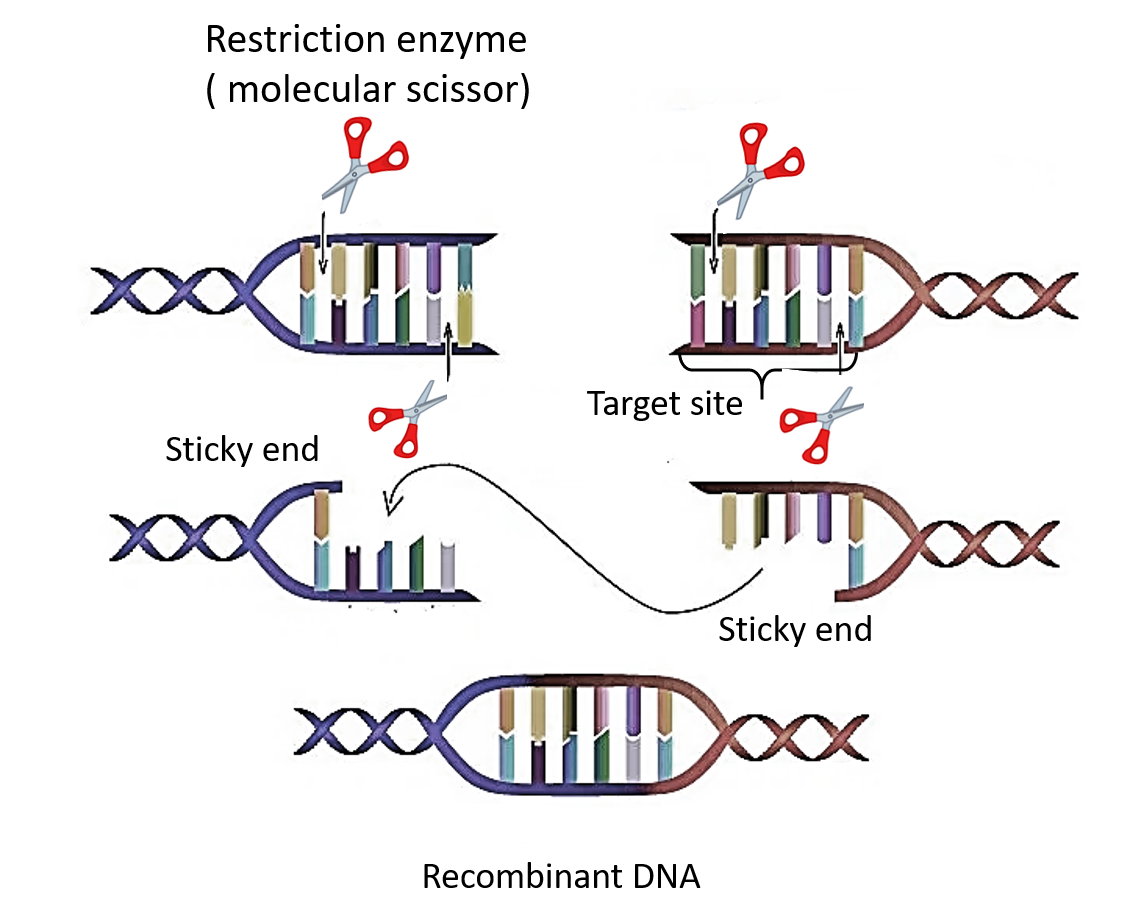
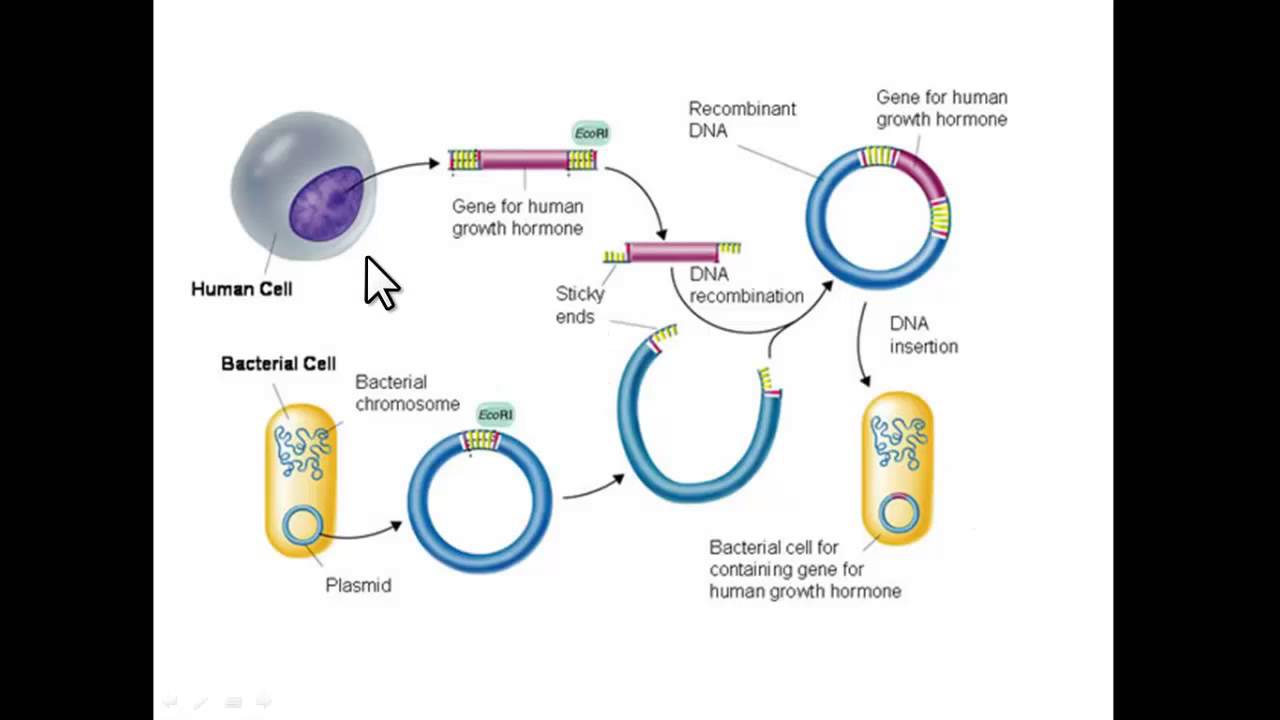
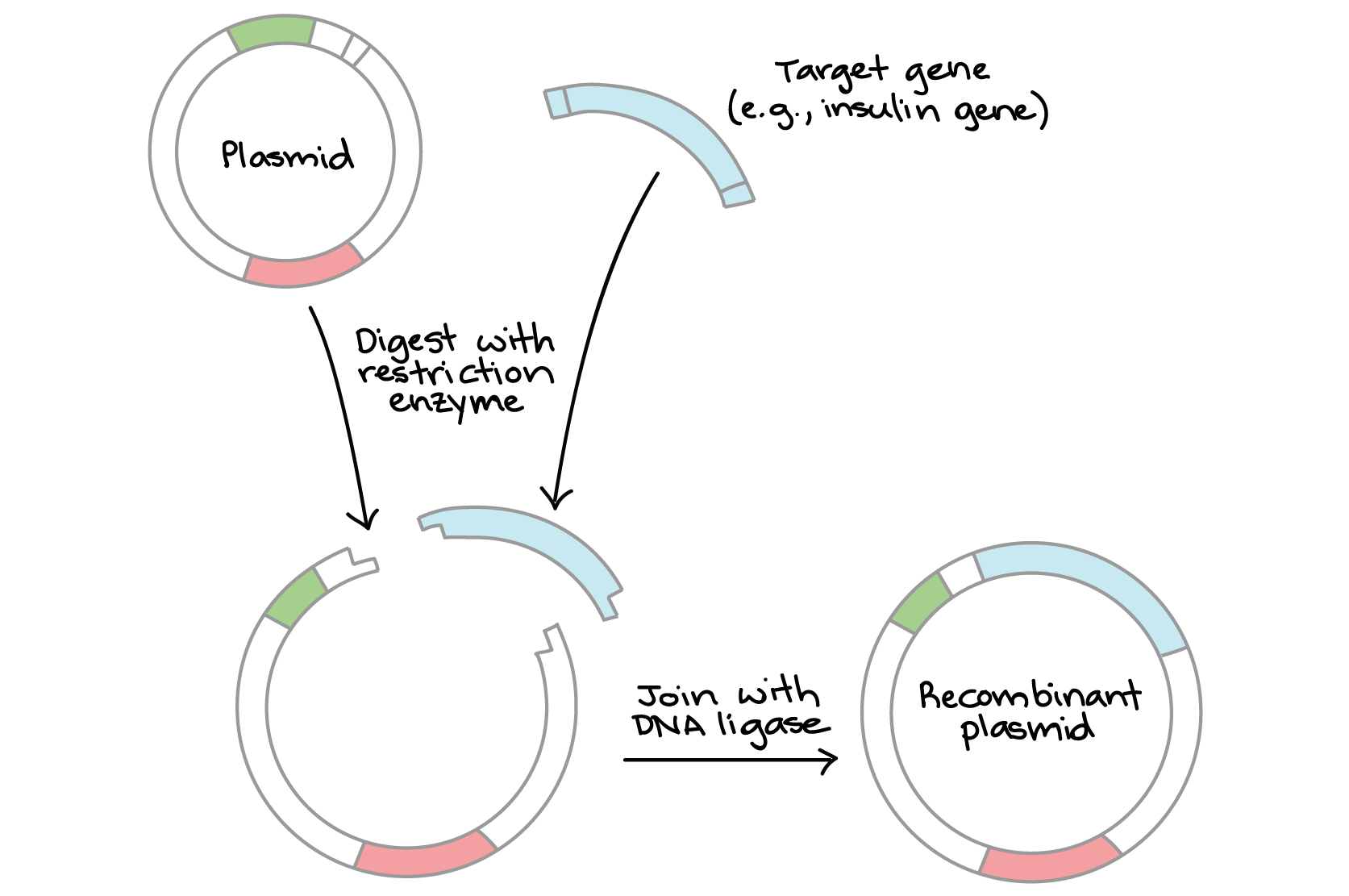

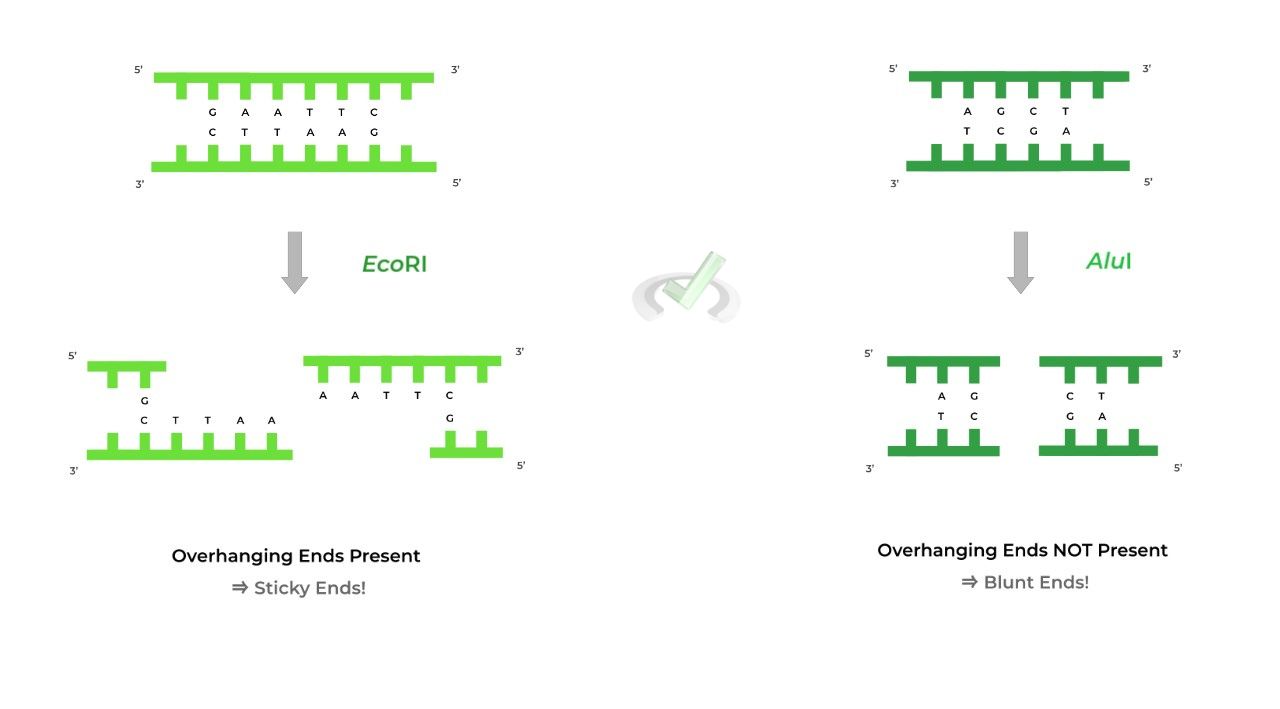
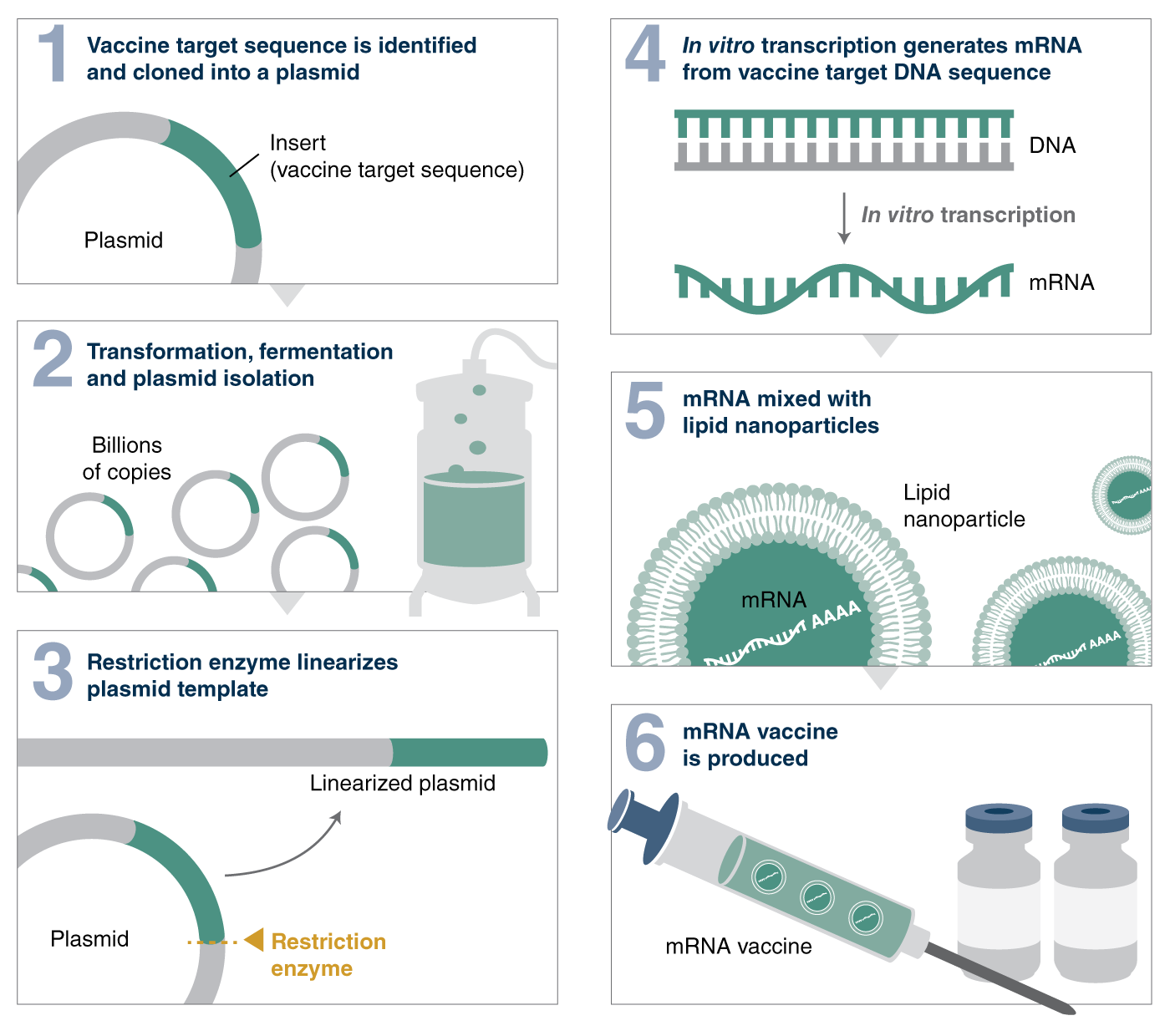

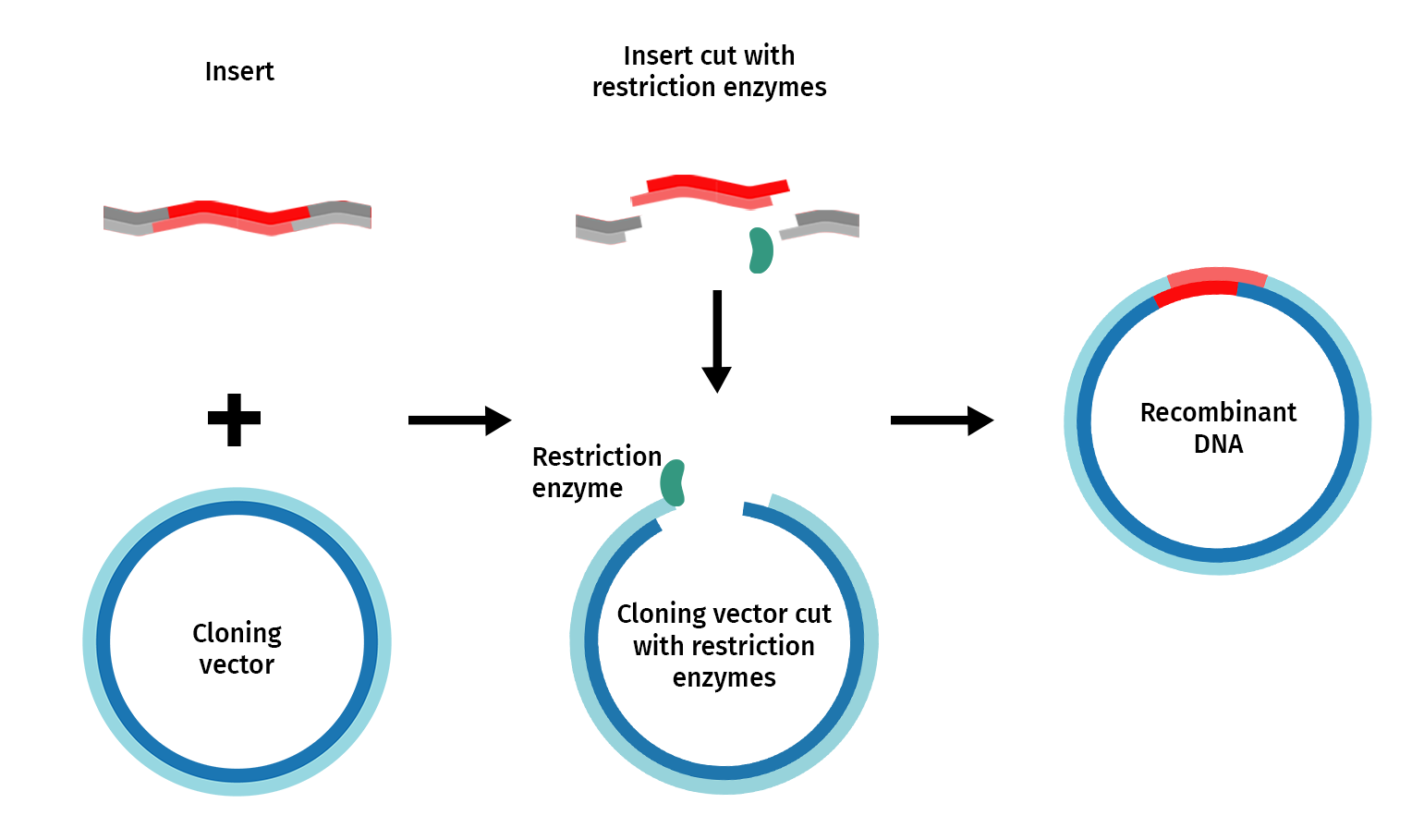
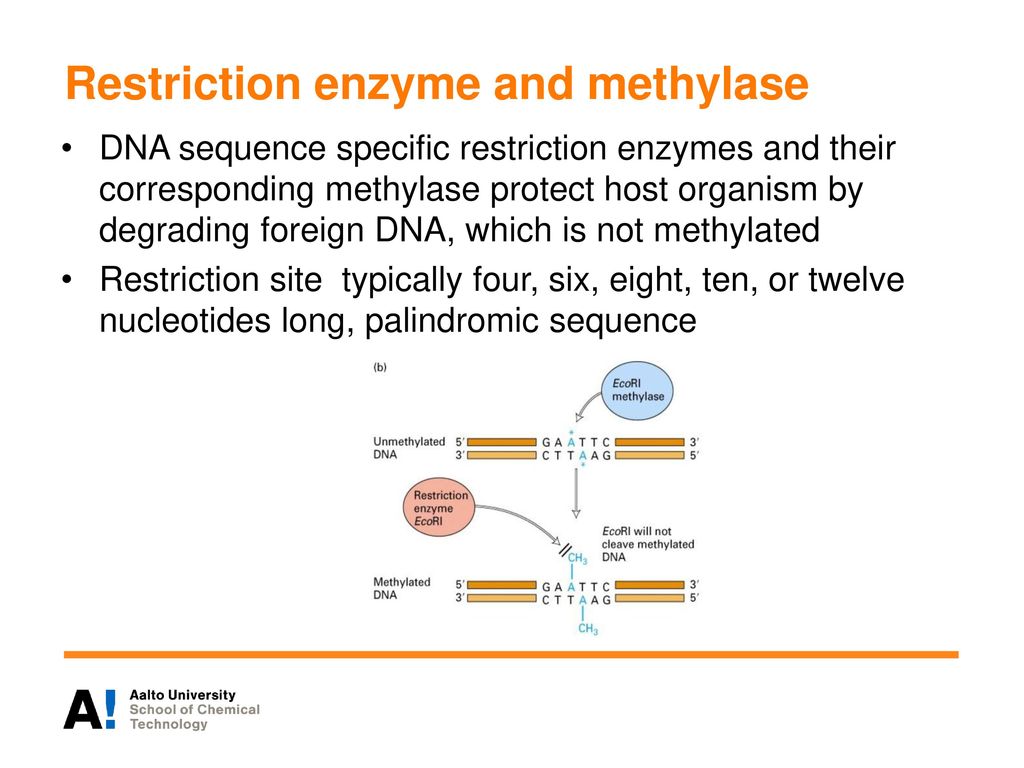
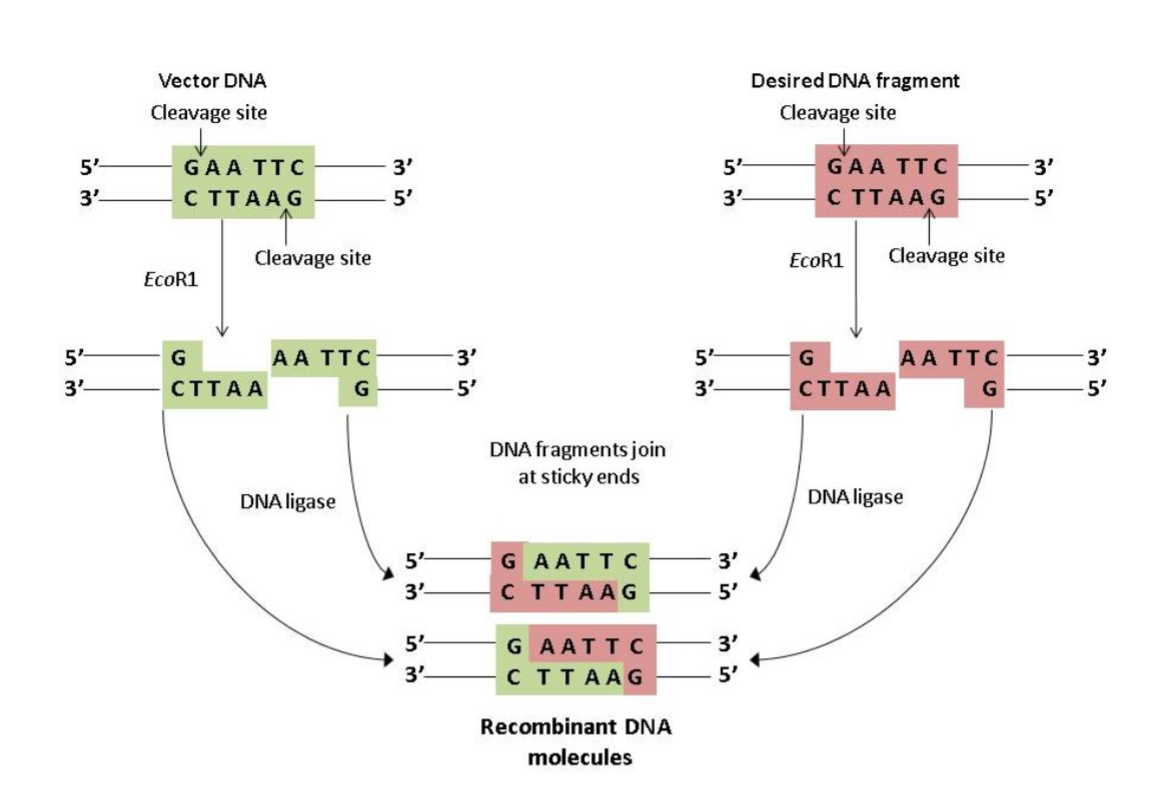





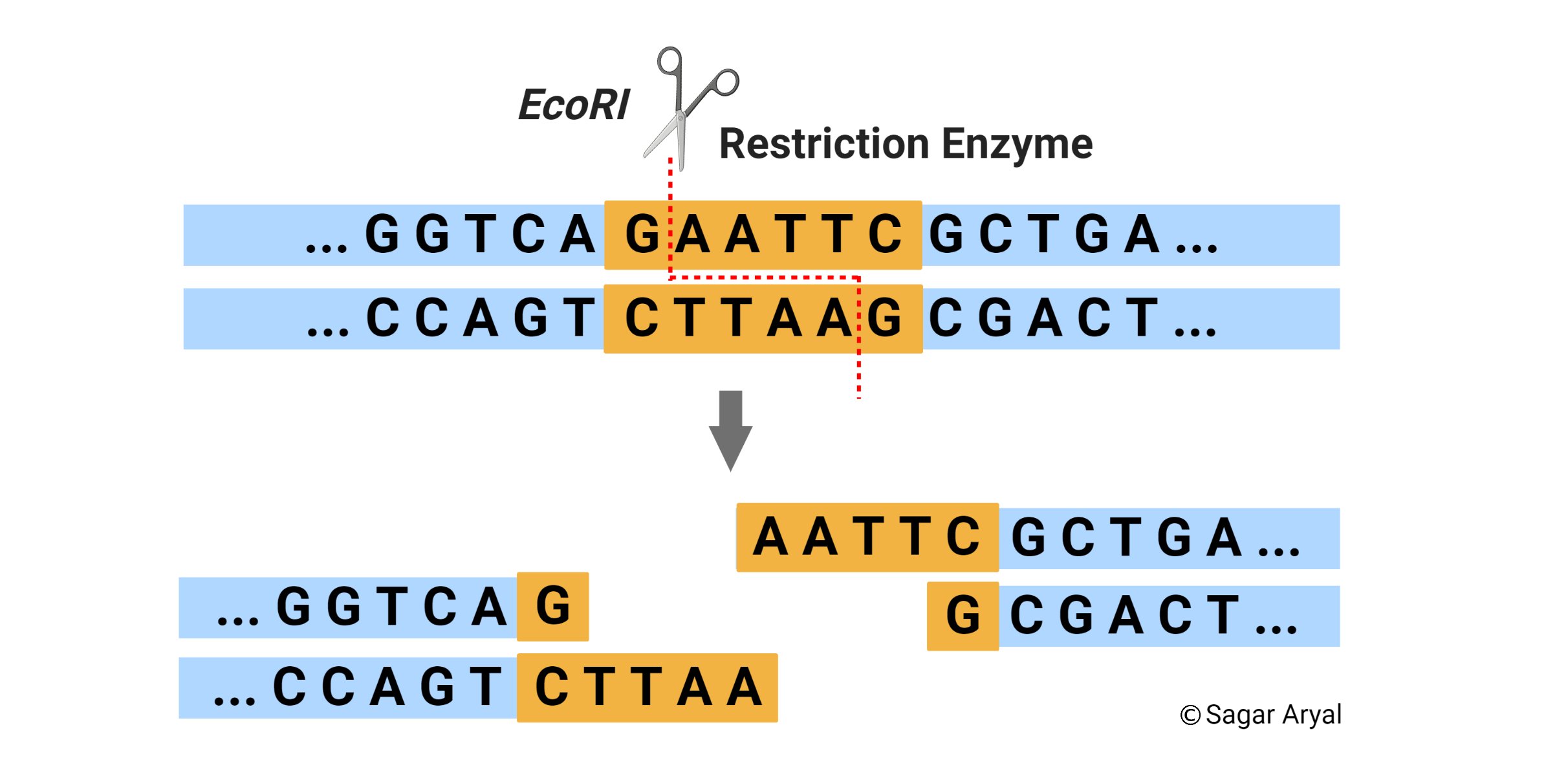

Vous pourriez aussi aimer
- The Neighbor In Room 203 Manga
- Gta 6 Ps Vita Date De Sortie
- Reaper Of The Drifting Moon 48
- Cahier Autonomie Page De Garde
- Martial Arts Reigns 508
- Page De Garde Cahier De Liaison Gs Cp
- Page De Garde Cahier Cp Modifiable 2019
- Chainsaw Man Manga Chapter 125
- Cahier D'ecrivain Page De Garde
- Theatrhythm Final Fantasy Curtain Call Characters
- Quel Est Lage De Chantal Goya
- Page De Garde Cahier 24 32 Pour Sixieme
- Fallout 4 Acadia Location
- Page De Garde Orthographe
- Pokemon Angreifer Aus Der Urzeit
- Calculer Aire Triangle
- Shuumatsu No Valkyrie 75
- Saison 2 La Reina Del Flow
- Staying With Ajumma Chapter 7
- One Piece Live Action Chopper
